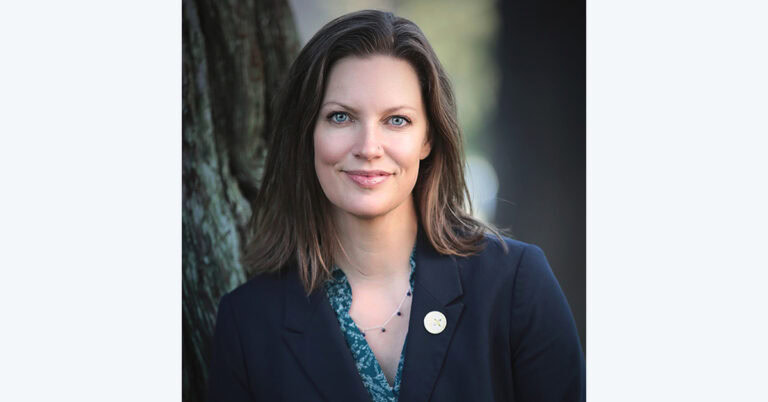Deputy Director
Fellows in Training: Dan Brumbaugh Comes Home to California
July 19, 2016 | CCST S&T Policy Fellows
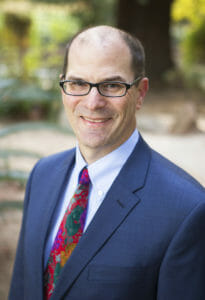
Dan Brumbaugh, PhD, is a member of the 2016 Class of CCST Science & Technology Policy Fellows. He received his PhD in Zoology from the University of Washington, where his research focused on how marine organisms adapt to their environments. Immediately before coming to Sacramento, Brumbaugh was a researcher at the University of California, Santa Cruz, where he studied marine science and conservation and taught graduate and undergraduate courses, drawing from his experience as a longtime scientist with the American Museum of Natural History in New York. Brumbaugh’s CCST Fellowship placement is with the California State Senate Environmental Quality Committee and Senator Bob Wieckowski (D-Fremont), Committee Chair.
“You can’t go home again.”
That’s how the well-known saying goes. And in an existential sense, it’s hard to argue, because everything changes: the places we’re from, and, more importantly, ourselves as we move around, get older, gain experience, and learn to see things differently.
That “home/self” nexus is always changing, and these changes can seem especially jarring when one moves away from a place — and then returns, years later.
But perhaps you can still return — and re-embed yourself in the ongoing, collective challenges of a place? To a large extent, that’s what the CCST Fellowship has offered me.
I’m a native Californian, born and raised in Santa Rosa in Sonoma County. Like many people, though, I migrated out of state for my education — in my case, after going to college at Stanford University, I left for graduate school in marine ecology at the University of Washington.
The rock- and kelp-hugging organisms I studied — colonial invertebrates related to coral — range up and down the West Coast within the larger California Current ecosystem. Sweeping from my research sites at the tip of the Olympic Peninsula and in the San Juan Islands of Washington State all the way southward to Baja California, this current — and the organisms it carries — made it seem that Washington State was not that far away. I felt I was still connected to California.
But after that, I drifted farther afield and went to Austin, Texas for a postdoctoral fellowship at the University of Texas, before ending up in New York City at the American Museum of Natural History’s Center for Biodiversity and Conservation (CBC). By this time, I no longer studied the organisms of cold, temperate kelp forests, but instead, the coral reef ecosystems of the Caribbean and the tropical Pacific. In 2001, I finally moved back to California, but continued to work for the CBC for another 13 years — primarily on coral reef ecology, fisheries, marine protected areas, and other conservation projects in The Bahamas and at Palmyra Atoll.

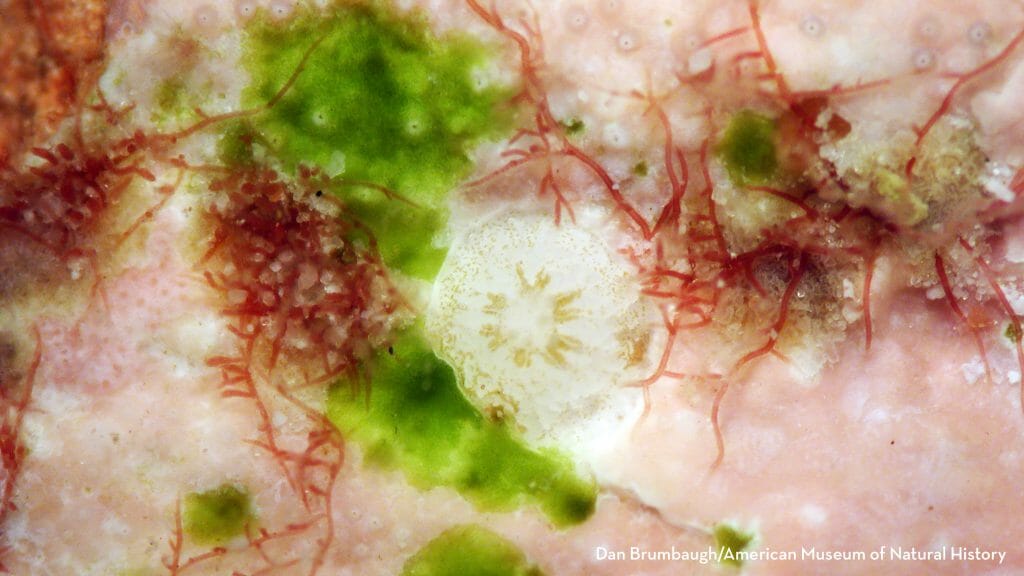
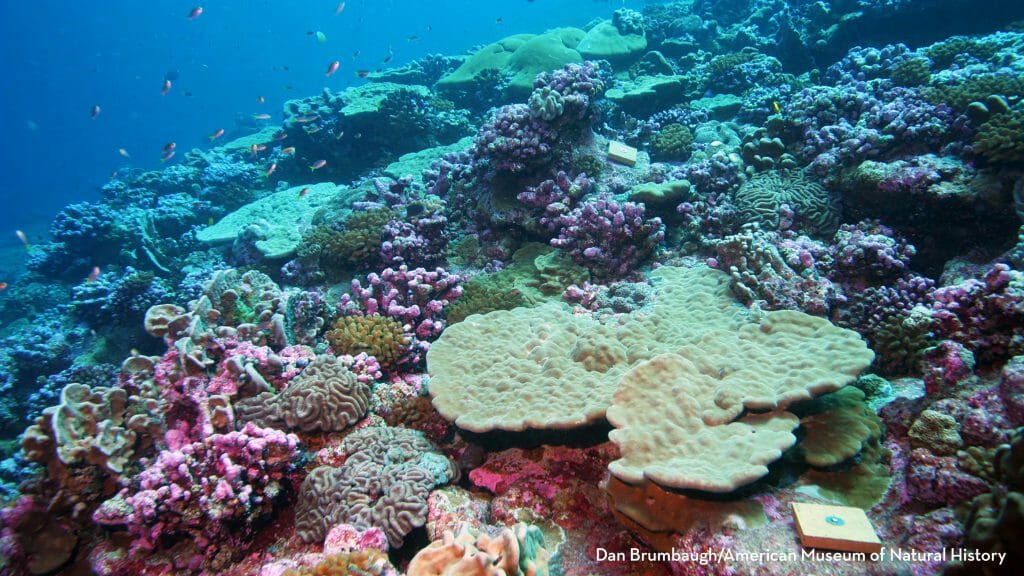
Although I had become a coral reef scientist, I was also able to start my “re-Californization” process through collaborations with marine research and management groups at UC Santa Cruz and the NOAA Fisheries lab in Santa Cruz. And although I had been following California’s major environmental issues from a distance, I now began to more closely track important natural resource policy issues, such as the establishment of the state’s system of marine protected areas.
But tracking policy issues from the outside is nothing like being on the inside of the California State Legislature.
Working and living now in Sacramento, and guided by a smart and generous set of Legislative staff and CCST mentors, I’ve been able to learn how the policy-making ecosystem of the State Legislature actually works — with all the interactions among Members’ offices, stakeholders, lobbyists, policy and fiscal committees — and the departments and agencies within the Executive branch.
For my Fellowship year, I’ve been placed in the Senate Environmental Quality Committee, chaired by Senator Bob Wieckowski, which has also allowed me to dig into a suite of new (new for me!) and important state environmental issues. These include topical issues that occasionally make it into the news, such as pesticide regulation, air and water quality programs, and the storage and monitoring of natural gas in underground reservoirs. And of course, climate change issues, including how the state is re-investing cap-and-trade funds to achieve climate mitigation and other benefits, and new forms of climate adaptation planning.
Closer to my scientific training, I have also worked on two bills that address ocean acidification and hypoxia — allowing me to apply some of my actual scientific knowledge and connections with colleagues in the marine science and conservation communities!
My year working for the State of California thus far — learning about new and important issues, and applying my expertise and skills to evaluate and improve bills about environment health and justice — has been a gift. And I find it immensely satisfying that my intellectual and career trajectory has brought me back home to California.
We shall not cease from exploration
And the end of all our exploring
Will be to arrive where we started
And know the place for the first time.
(T.S. Eliot, from Little Gidding, Part V; Four Quartets, 1943)
— Dan Brumbaugh
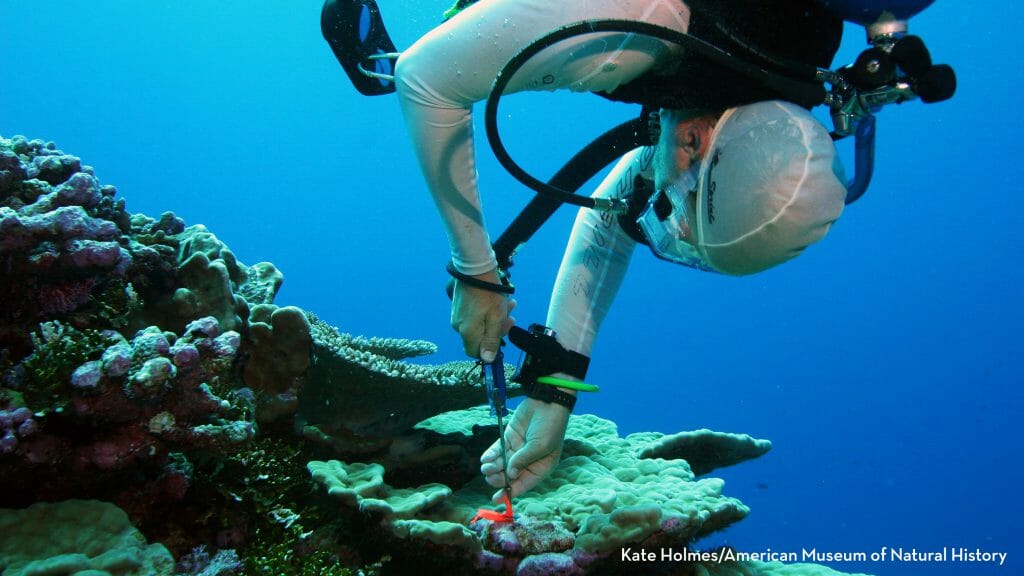
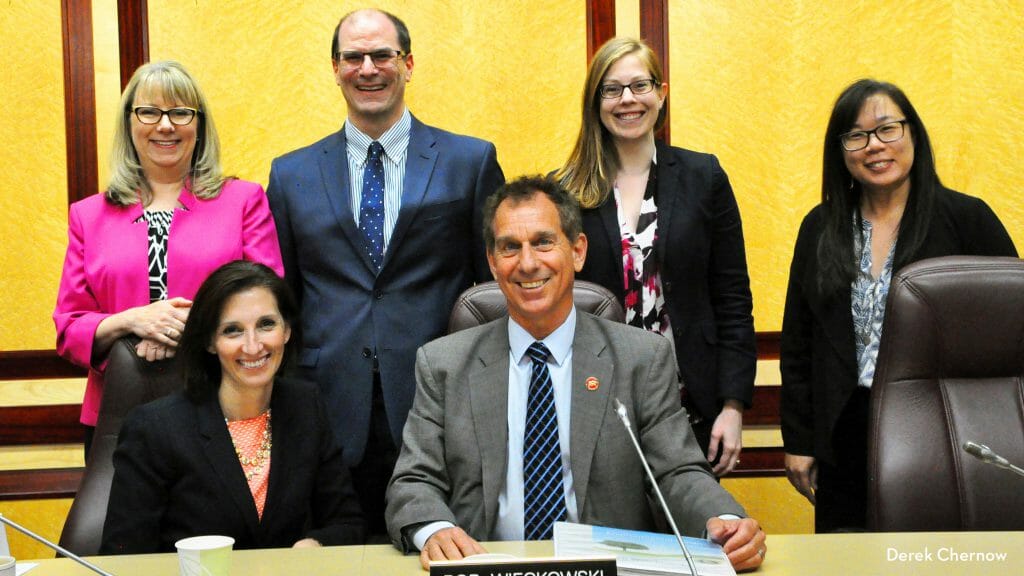
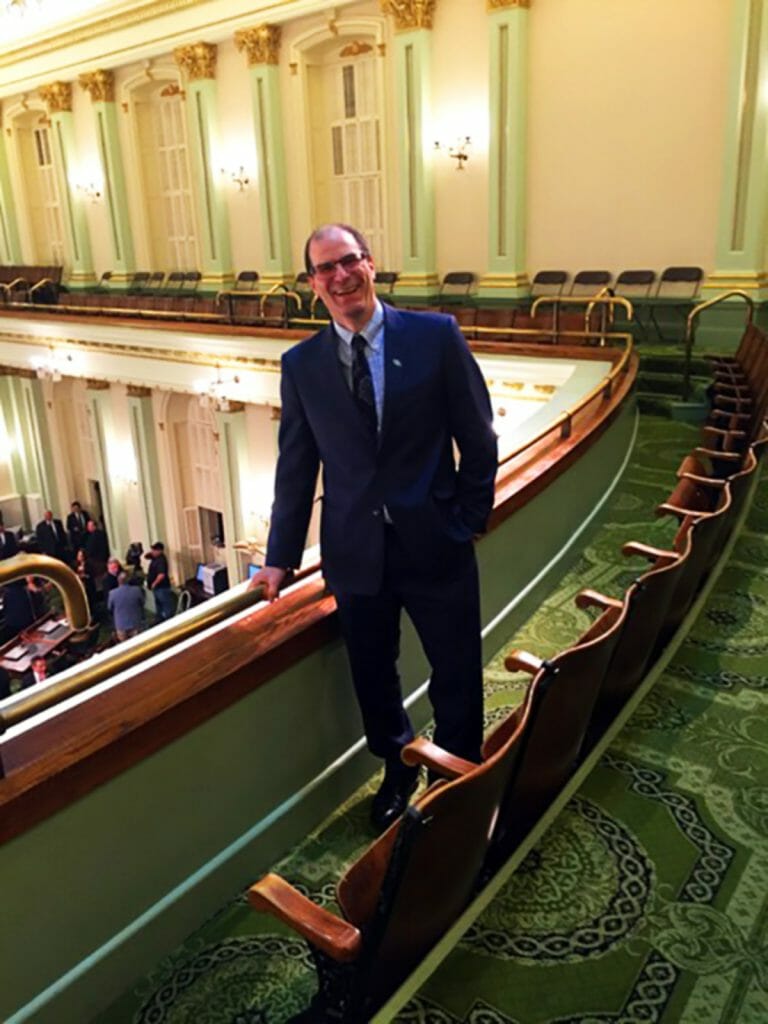
Follow updates from the CCST Science Fellows on Facebook at facebook.com/ccstfellows and on Twitter @CCSTFellows. Explore the CCST Science & Technology Policy Fellowship here.
Find the California Council on Science and Technology on Facebook at facebook.com/ccstorg, on Twitter @CCSTorg, and on LinkedIn. Learn more about CCST at www.ccst.us.


